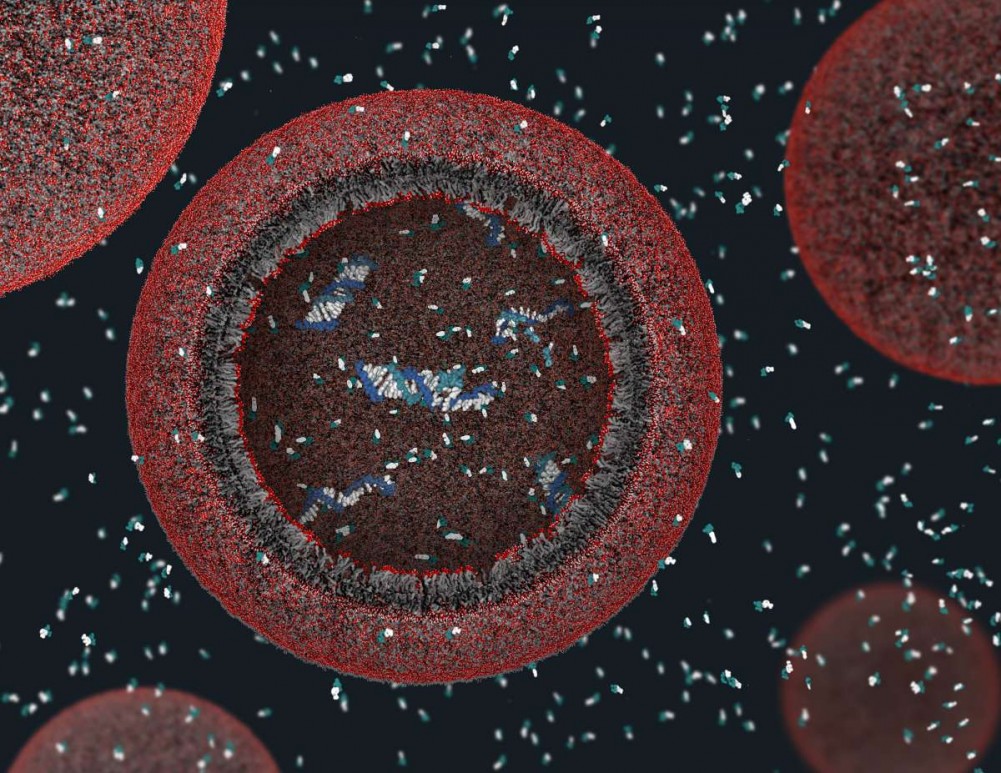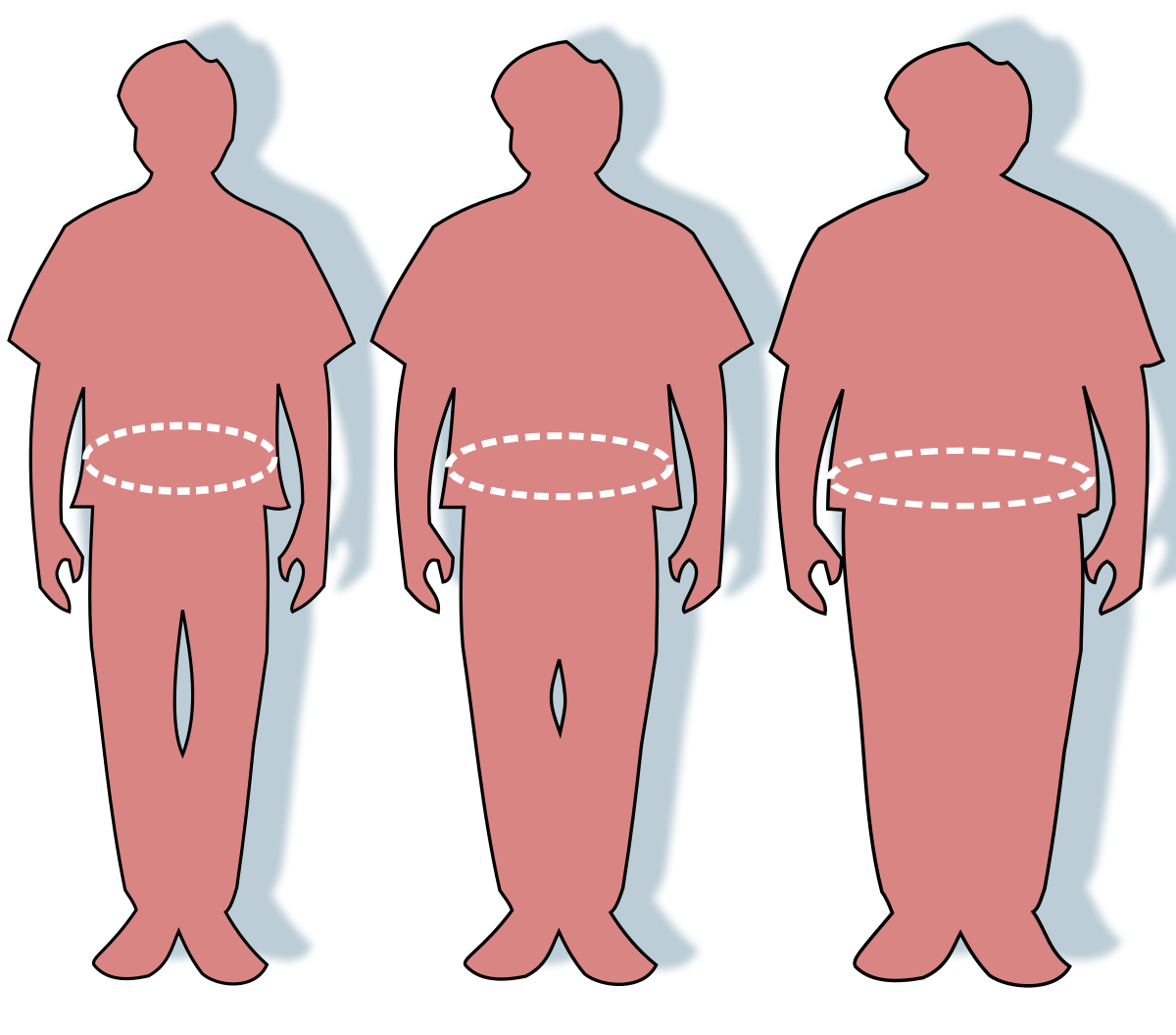Scientists are now using “defined block-domain proteins” as synthetic elements to form artificial nanoscale biological materials and cellular compartments including organelles. According to the journal Nature Materials, scientists have devised methods for programming the synthesis and assembly of proteins to create a variety of building blocks and artificial elements.
According to researchers, these new protein structures have applications in nanobiotechnology, synthetic biology, and materials science, including the creation of artificial cells and bio-metamaterials to carry out various physical and chemical functions.
The wide application of these new capabilities will allow for better analysis and understanding of such diverse subjects as martian atmosphere chemistry; combustion chemistry; gene expression, translation and signal cascading; artificial chemistry, and more.
A real-world example includes the creation of synthetic blood for which clinical trials begin in 2017 and creation of the world’s first artificial neuron that mimics the function of an organic brain cell.
The following video explains how artificial neurons may one day replace human brain cells:







